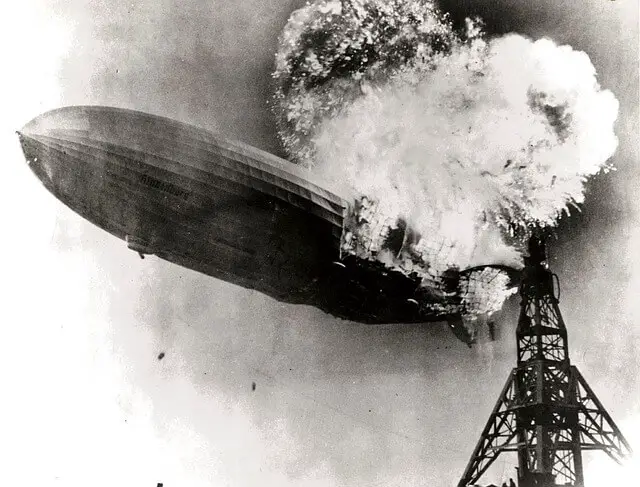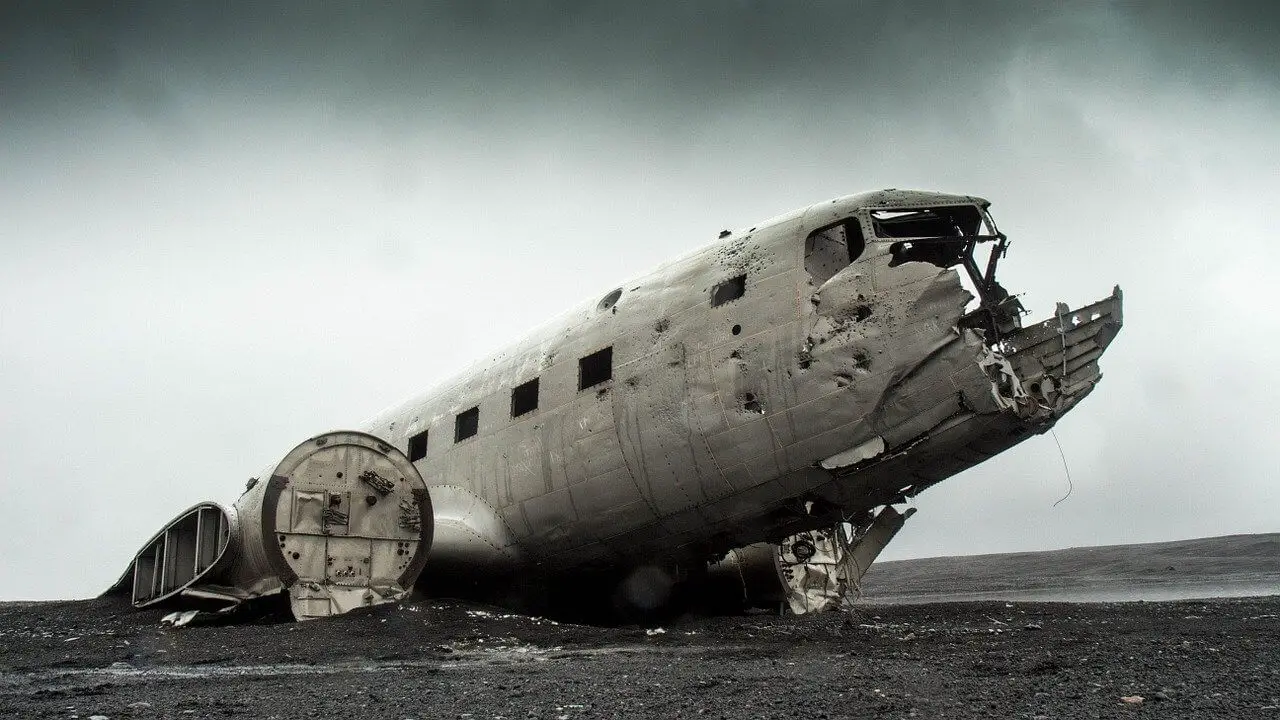Engineering feats do not come easy. It takes inventors thousands of hours, years of sleepless nights, and the occasional disaster to get things right. The saying that we learn more from our failures than successes can easily be the motto of every engineer and it won’t be wrong. Thus, it is always instructive to remember what went wrong and the effort it took to standardize new engineering concepts and developments.
The worst engineering Disasters of the new age range from nuclear mishaps in the old Soviet Union to disastrous space launches. This post will focus on highlighting some of the memorable disasters that affected humanity.
The Nuclear Plant Explosion in Chernobyl
Harnessing nuclear energy to provide electricity and power items is one of the great engineering inventions of man. Thus, it came as no surprise when western nations undertook projects to build large nuclear systems to support both their domestic and militaristic pursuits. Chernobyl located in Pripyat Ukraine was one such undertaken. Within the nuclear plant, experiments to ensure the safe generation and use of nuclear power were also ongoing. Ironically, it was a safety test or experiment that led to the Chernobyl disaster.
The test was to develop a process for safely maintain nuclear reactors during power or energy outages until a backup generator is activated. Human error and underestimating the situation on ground led to a steam explosion and a reactor core fire which released radioactive nuclear substances into the air. The initial explosion killed two engineers on ground while the corresponding clean up led to the dirt of less than a 100 individuals but the lasting effect of this disaster was to be felt in the coming years.
The radiation the Chernobyl disaster released into the air directly led to approximately 16,000 fatalities over the years. The scale of the Chernobyl disaster also meant cleaning up the radioactive materials will be completed in 2065. The immediate decontamination process ended up costing $68billion and involved the participation of 500,000 cleaning personnel. The Chernobyl disaster changed the world’s perspective about using nuclear energy to generate electricity and for domestic purposes. It also led to debates and the creation of a focus group that ensures member nations notify the public about any nuclear mishaps without trying to conceal their effects.
The building of the 2nd terminal of the Charles de Gaulle Airport was supposed to be a unique structure highlighting the wonders of architecture and engineering. Unfortunately, the entire structural design was flawed from the beginning of the project. On the 23rd of May 2004, the terminal collapsed a few weeks after it was inaugurated for use. The collapse led to the death of four people highlighting the dangers of building structures without accurate safety measures.
An inquiry into the cause of the collapse discovered that its concrete vaulted roof was not solid enough which led to the collapse. The need to reduce the cost of building the entire structure was also outlined as a reason for integrating more safety features into the building process. The rebuilding process costs approximately $100million which shows the financial impact of engineering disasters.
The Tacoma Narrows Bridge Collapse
By the turn of the 20th century, suspension bridges were in vogue and every nation or state wanted one anywhere it could be built to beautify the location. The Tacoma Bridge was one of those and in its case, the structure was wobbly from the start. At the beginning the bridge was an iconic engineering piece and was the third-longest suspension bridge in the world sadly it lasted for just 3 months.
The Tacoma Narrows Bridge collapsed in August 1940 and it’s collapse was spectacular. On that very day, the wind was moving at 40miles per hour which added so much atmospheric pressure on the bridge. Although this was a disaster, there were no human fatalities but a dog lost its life. The collapse of the Tacoma Narrows Bridge led to renewed engineering research into building suspension bridges with more safety features and foundations. The bridge was rebuilt in 1950 using improved engineering analysis and the relatively new bridge still survives until this day.
Space Shuttle Challenger Disaster
The human journey to space has its great stories of pioneers such as Yuri Gagarin and Buzz Aldrin but like all human inventions, it also has its fair share of setbacks. One such setback was the unfortunate failure of the Challenger space shuttle and the fatality of its seven-man crew. The space shuttle barely left the ground before it malfunctioned 73second into its flight and landed into the Atlantic Ocean. The failure was an engineering error as the O-rings used to design the Challenger were not capable of functioning optimally in a cold atmosphere. This led to structural failure and the crash.

The Gretna Rail Disaster
The derailing of the Quintinshill rail also known as the Gretna Rail Disaster is the worst rail accident in British history. The disaster occurred when a train transporting troops ran into a stationary local train. In less than a minute, another train or sleeping car collided with the initial wreckage This led to a fire breaking out as the train transporting the troops was loaded with gas. The entire collision area went up in flames which resulted in approximately 226 deaths and 247 injuries.
In the case of the Gretna Rail Disaster the cause was due to human error. Two signal men neglected their duties and sent the initial train on its way when it shouldn’t have been cleared to move. The signalmen were tried for manslaughter and were sentenced to prison terms. The Gretna Rail Disaster led to widespread reforms in rail travel. The rail disaster was immortalized in the documentary titled Britain’s Deadliest Rail Disasters. The fatalities, injuries, and financial loss makes this one of the deadliest engineering disasters to ever happen.
The Space Shuttle Columbia Disaster
Once again, another space shuttle disintegration takes the list of Engineering disasters due to the human and capital losses that occurs with every space shuttle mishap. The failure of the Columbia shuttle happened approximately 17 years after the Challenger incident which left seven astronauts dead. Although similarities exist between both disasters, such as the number of fatalities, the Columbia Shuttle disintegrated while entering the earth’s atmosphere. The cause of the Columbia disaster is attributed to defective insulation foam which allowed hot atmospheric air to destroy the wing structure of the shuttle.
The disaster led to a 2-year suspension of NASA’s space program to conduct more investigations on the cause of the mishap. During those 2 years, the collaborative work between nations in space that was built upon after the Challenger incident was useful. The international space station development project was supplied for the duration of the hiatus by Russian state space corporation supply teams. The disaster placed more focus on ensuring space travel was safe for astronauts in the future. The aftermath led to innovation in insulation technology and increased safety checks before launch. The Columbia disaster also played an important role in the development of survival gear and technologies for astronauts.
Morandi Bridge Collapse
The Morandi Bridge incident is one of the more recent bridge collapses that have occurred after extensive advancements in the building of suspended bridges. The Morandi Bridge which was competed in 1967 had served the people of Genoa for more than half a century before that faithful day in August 2018. During a heavy rain storm, the Morandi Bridge was hit by lightning and a 210 meter expanse of the bridge gave way. Sadly, unlike the Tacoma Narrows incident a lot of commuters were on the bridge when the disaster occurred.
The Hyatt Regency Walkway Collapse
Neglecting the maintenance of engineering structures has generally led to great losses to humanity and the Hyatt Regency incident that occurred in 1981 is one example. On a fateful July 19th in 1981, two walkways in the Hyatt hotel collapsed and crashed into an event hall where a tea party was been held. The collapse became the deadliest structural incident in the United States history that was not caused by a deliberate sabotaging act. The collapse led to 114 fatalities while injuring 216 people.
The investigations into the collapse highlighted the dangers of corporate oversight and the effects of cost-cutting when building engineering structures. The investigation revealed that the Hyatt Regency Hotel was built on faulty premises with multiple changes to its original design. The walkways where poorly built and could hardly support their own weight which violated Kansas City Building codes. Thus, a lack of communication between the designers, builders, and structural engineers led to the Hyatt Regency walkway disaster. The disaster led to lawsuits and approximately $141million was paid to victims of the incident. The license of the engineering firm that built the hotel was also suspended.
Knox Mine Disaster
In history, disasters sometimes herald the end of a way of doing things while ushering in a new age for other inventions or solutions. The Knox Mine disaster was one such event as it resulted at the end of coal mining activities in Pennsylvania. At the River Slope Mine in Pennsylvania, diggers were expanding mining efforts close to a waterway of the Susquehanna River. This effort led to the creation of a hole in the riverbed and the flooding of the channels of the mine. The result was the death of 12 mine workers and the creation of new islands after the hole was plugged.
After the investigations, ten people were indicted for negligence. This indicted included the superintendent and the owners of the mine. The resulting indictment led to the incarceration of six people. It also effectively ended mining explorations in Pennsylvania in 1959 resulting in a reliance on oil.
The Hinderburg Disaster
Air balloons were a preferred means of transport before airplanes became commercially available for mainstream transportation. During the decades when the air balloon was used, diverse incidents occurred that highlighted the dangers with air travel and the Hinderburg disaster remains the most memorable. The airship went down in flames as it attempted to dock leading to 35 fatalities and multiple injuries.

The cause of the disaster was widely debated due to the political situation of 1937 but no conclusive answer has been provided. The most probable cause according to modern investigations claim static sparks started a fire within the airship which spread quickly across the structure.
Conclusion
Every engineering feat comes with its challenges and accidents which have served as a wake up call to engineers to always consider safety first. This list highlights the most significant disasters, as well as, it’s effect on the engineering society’s approach to developing engineering structures.
Source link












Leave a Reply